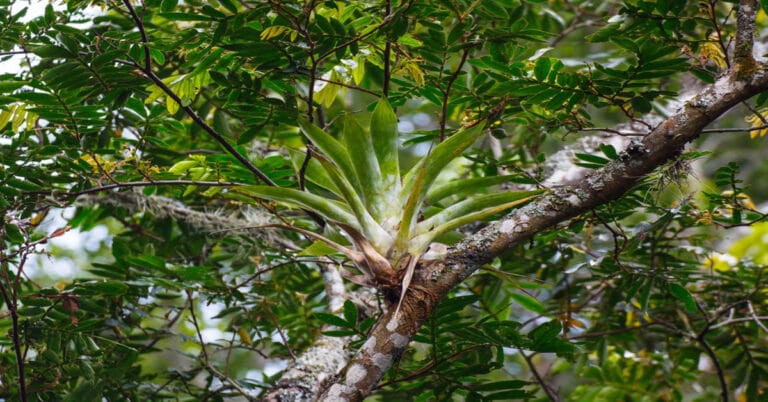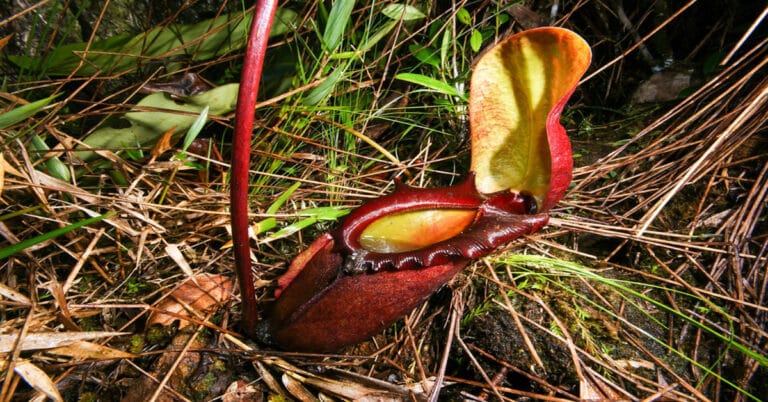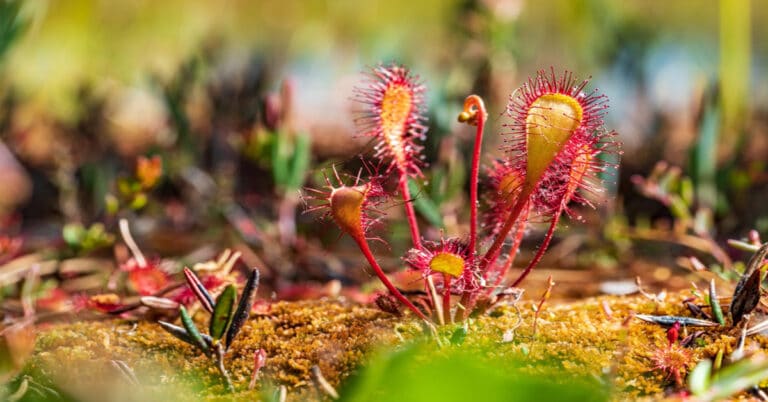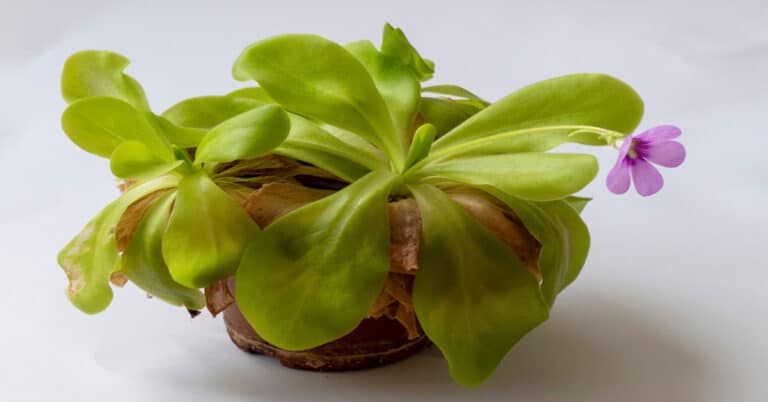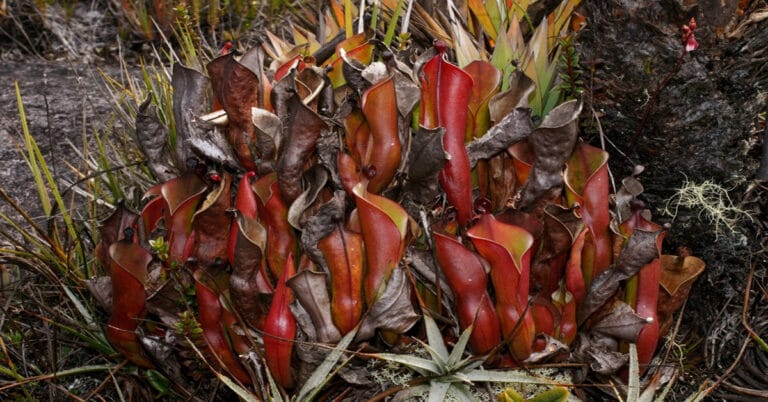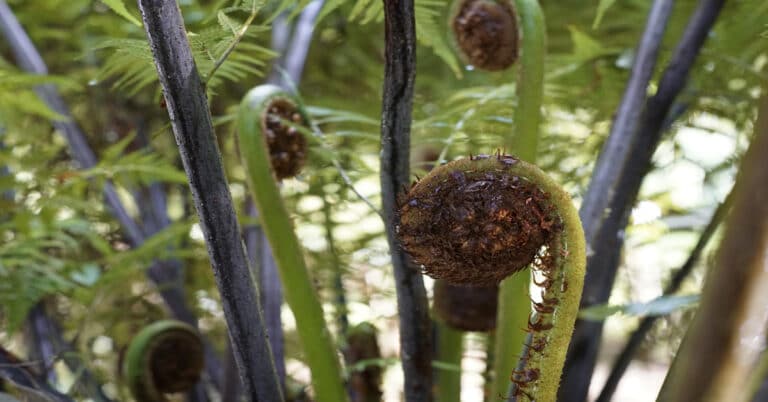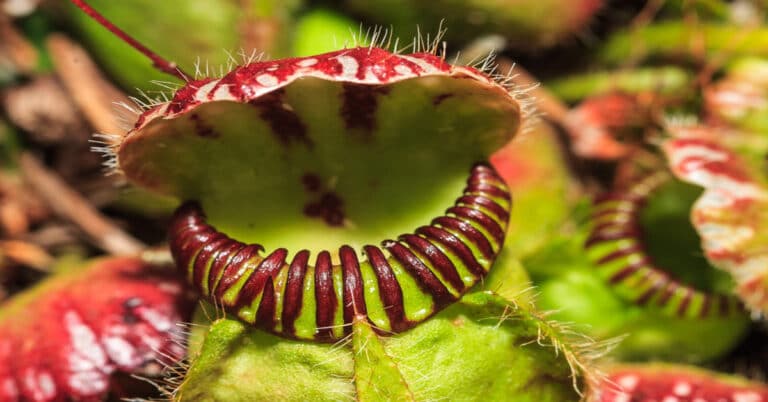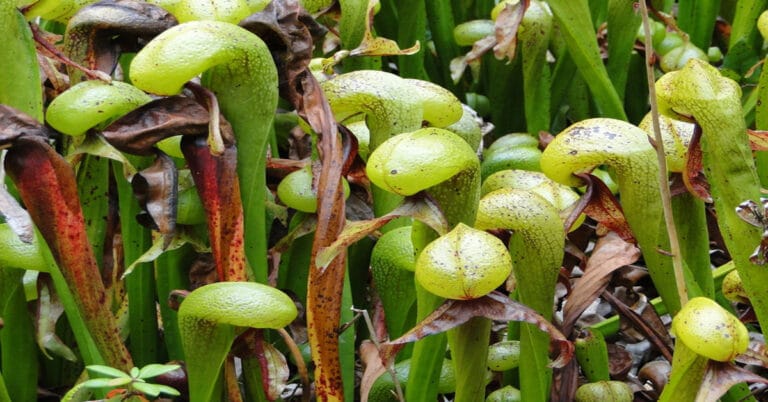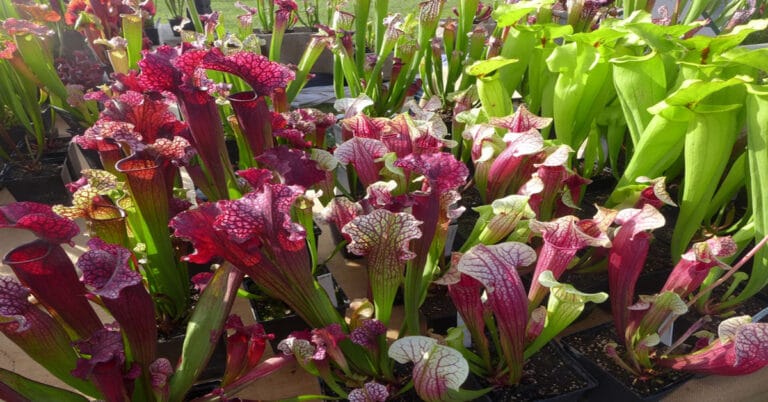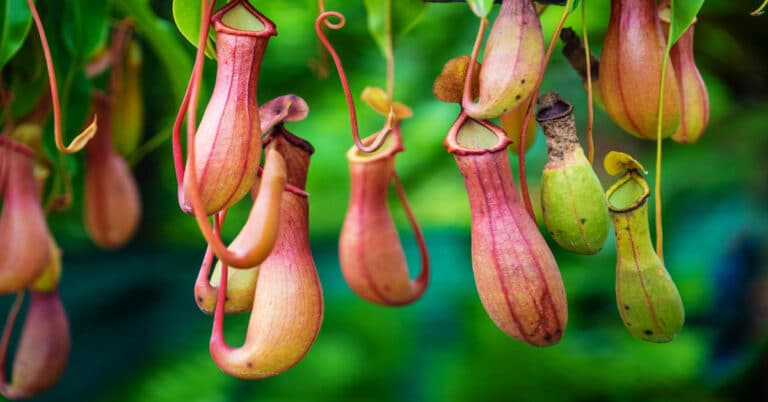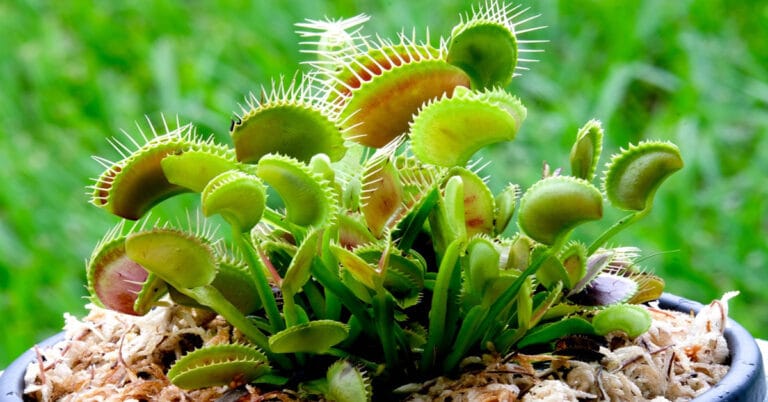Catopsis
The species Catopsis belongs to the family Bromeliaceae and the Tillandsioideaev subfamily. The name derives from “kata” the Greek word for “hanging down” combined with “opsis” or “appearance”. You can find varieties of Catopsis from Florida, running parts of Brazil in the East, as well as the Caribbean. Kingdom Plantae (Plants) (Unranked) Angiosperms (Unranked) Monocots (Unranked) Commelinids Order…

